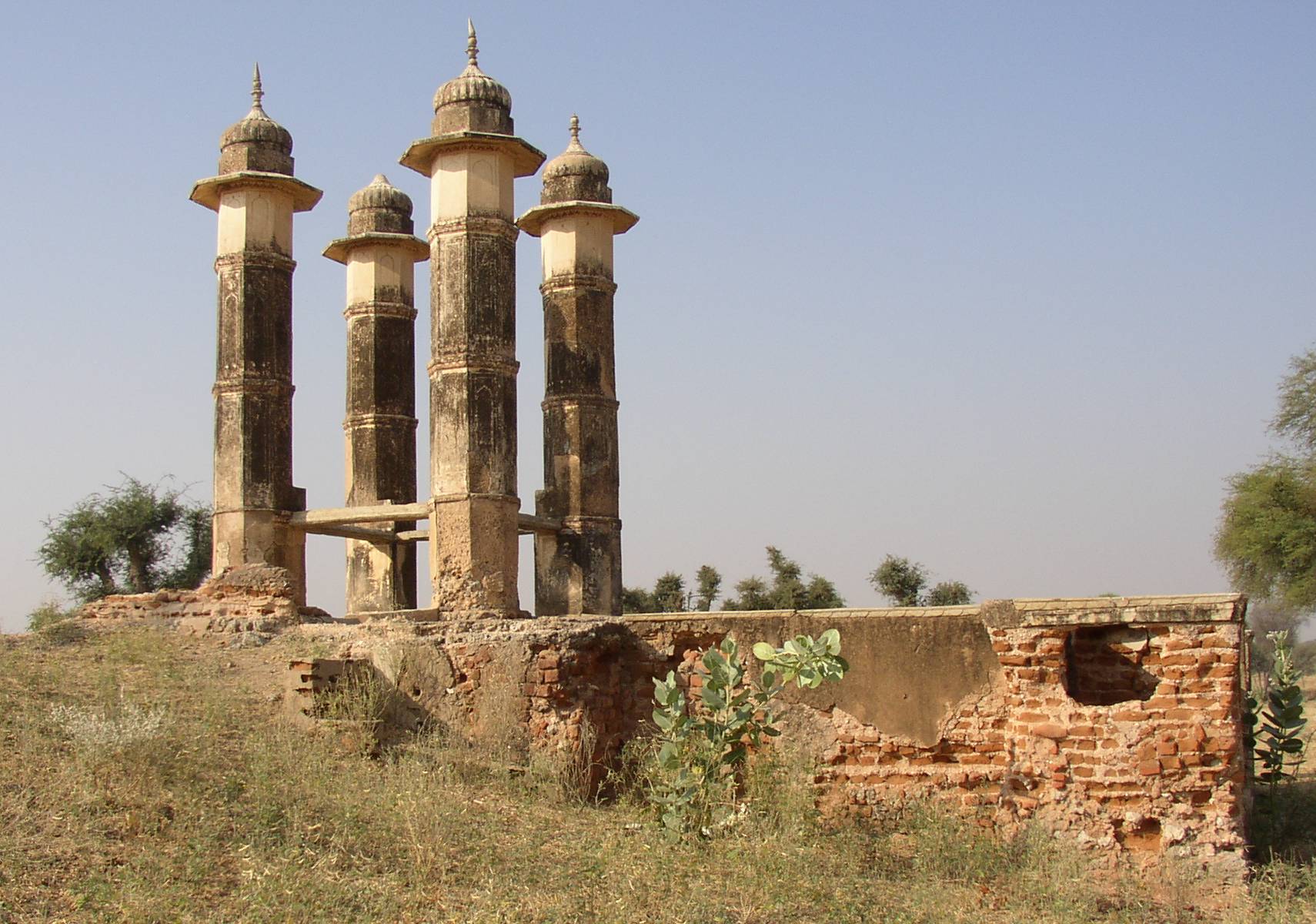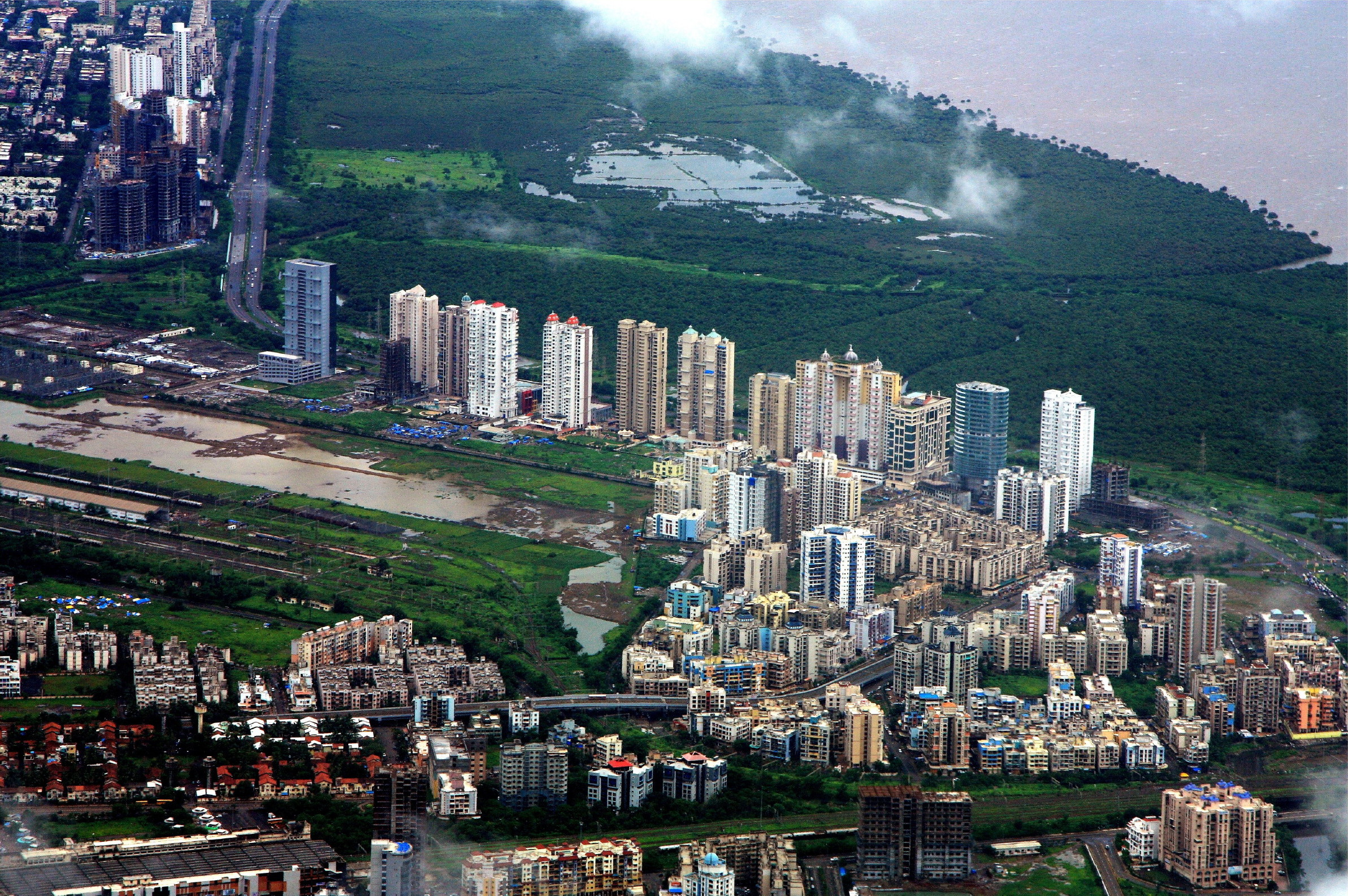|
Revathi Kamath
Revathi S. Kamath (1955-2020) was an Indian architect and planner based in Delhi. She is a pioneer of mud architecture in India. In addition to this, she is also credited with building the tallest stainless steel structure in India. Early life Revathi Kamath was born in Bhubaneswar, Odisha in a Tamil Brahmin family. She spent her formative years in Bangalore and tribal areas along the Mahanadi river, where her father, an engineer was working on the Hirakud dam. These early years left a deep impression on her understanding of nature, people and the rhythms of life. Education and early career She obtained her Bachelor's degree in Architecture (1977) and completed a post-graduate programme in Urban and Regional Planning (1981) both from the School of Planning and Architecture, Delhi. After graduation, she worked with Stein, Doshi and Bhalla for a year and later with Rassik International, Architects and furniture designers in New Delhi. In 1979, she started work with The GRUP (Grou ... [...More Info...] [...Related Items...] OR: [Wikipedia] [Google] [Baidu] |
Architect
An architect is a person who plans, designs and oversees the construction of buildings. To practice architecture means to provide services in connection with the design of buildings and the space within the site surrounding the buildings that have human occupancy or use as their principal purpose. Etymologically, the term architect derives from the Latin ''architectus'', which derives from the Greek (''arkhi-'', chief + ''tekton'', builder), i.e., chief builder. The professional requirements for architects vary from place to place. An architect's decisions affect public safety, and thus the architect must undergo specialized training consisting of advanced education and a ''practicum'' (or internship) for practical experience to earn a Occupational licensing, license to practice architecture. Practical, technical, and academic requirements for becoming an architect vary by jurisdiction, though the formal study of architecture in academic institutions has played a pivotal role in ... [...More Info...] [...Related Items...] OR: [Wikipedia] [Google] [Baidu] |
Mandawa
Mandawa is a town in Jhunjhunu district of Rajasthan in India. It is part of Shekhawati region. Mandawa is located at . It has an average elevation of 316 metres (1036 ft). History The town of Mandawa was a thikana of Jaipur State. Mandawa once functioned as a trading outpost for ancient caravan routes in Shekhawati for goods from China and the Middle East. Thakur Nawal Singh, then ruler of Nawalgarh and Mandawa built a fort in to protect this outpost. Over time, a township grew around the fort and soon attracted a large community of traders, who then settled down at Mandawa. The great Ghazal Singer of South Asia Mehdi Hassan was born here and migrated to Pakistan after the partition of India. About Mandawa The lovely town of Mandawa is known as the "Open Art Gallery" as a whole. During the 18th century, Mandawa was a key stop for wealthy merchants travelling the Silk Road. The majority of them chose to build their homes in this town, resulting in the creation ... [...More Info...] [...Related Items...] OR: [Wikipedia] [Google] [Baidu] |
Indian Women Architects
Indian or Indians may refer to: Peoples South Asia * Indian people, people of Indian nationality, or people who have an Indian ancestor ** Non-resident Indian, a citizen of India who has temporarily emigrated to another country * South Asian ethnic groups, referring to people of the Indian subcontinent, as well as the greater South Asia region prior to the 1947 partition of India * Anglo-Indians, people with mixed Indian and British ancestry, or people of British descent born or living in the Indian subcontinent * East Indians, a Christian community in India Europe * British Indians, British people of Indian origin The Americas * Indo-Canadians, Canadian people of Indian origin * Indian Americans, American people of Indian origin * Indigenous peoples of the Americas, the pre-Columbian inhabitants of the Americas and their descendants ** Plains Indians, the common name for the Native Americans who lived on the Great Plains of North America ** Native Americans in the Uni ... [...More Info...] [...Related Items...] OR: [Wikipedia] [Google] [Baidu] |
Artists From Bhubaneswar
An artist is a person engaged in an activity related to creating art, practicing the arts, or demonstrating an art. The common usage in both everyday speech and academic discourse refers to a practitioner in the visual arts only. However, the term is also often used in the entertainment business, especially in a business context, for musicians and other performers (although less often for actors). "Artiste" (French for artist) is a variant used in English in this context, but this use has become rare. Use of the term "artist" to describe writers is valid, but less common, and mostly restricted to contexts like used in criticism. Dictionary definitions The ''Oxford English Dictionary'' defines the older broad meanings of the term "artist": * A learned person or Master of Arts. * One who pursues a practical science, traditionally medicine, astrology, alchemy, chemistry. * A follower of a pursuit in which skill comes by study or practice. * A follower of a manual art, such a ... [...More Info...] [...Related Items...] OR: [Wikipedia] [Google] [Baidu] |
2020 Deaths
This is a list of deaths of notable people, organised by year. New deaths articles are added to their respective month (e.g., Deaths in ) and then linked here. 2022 2021 2020 2019 2018 2017 2016 2015 2014 2013 2012 2011 2010 2009 2008 2007 2006 2005 2004 2003 2002 2001 2000 1999 1998 1997 1996 1995 1994 1993 1992 1991 1990 1989 1988 1987 See also * Lists of deaths by day The following pages, corresponding to the Gregorian calendar, list the historical events, births, deaths, and holidays and observances of the specified day of the year: Footnotes See also * Leap year * List of calendars * List of non-standard ... * Deaths by year {{DEFAULTSORT:deaths by year ... [...More Info...] [...Related Items...] OR: [Wikipedia] [Google] [Baidu] |
1955 Births
Events January * January 3 – José Ramón Guizado becomes president of Panama. * January 17 – , the first nuclear-powered submarine, puts to sea for the first time, from Groton, Connecticut. * January 18– 20 – Battle of Yijiangshan Islands: The Chinese Communist People's Liberation Army seizes the islands from the Republic of China (Taiwan). * January 22 – In the United States, The Pentagon announces a plan to develop intercontinental ballistic missiles (ICBMs), armed with nuclear weapons. * January 23 – The Sutton Coldfield rail crash kills 17, near Birmingham, England. * January 25 – The Presidium of the Supreme Soviet of the Soviet Union announces the end of the war between the USSR and Germany, which began during World War II in 1941. * January 28 – The United States Congress authorizes President Dwight D. Eisenhower to use force to protect Formosa from the People's Republic of China. February * February 10 – The United States Sev ... [...More Info...] [...Related Items...] OR: [Wikipedia] [Google] [Baidu] |
Sheela Patel
Sheela Patel (born 1952) is an activist and academic involved with people living in slums and shanty towns. Early life In 1974, Patel received her Masters in Social Work from the Tata Institute of Social Sciences in Mumbai. She was then involved with a community centre called the Nagpada Neighbourhood House. SPARC With Prema Gopalan, Patel is the founding director of the Society for the Promotion of Area Resource Centres (SPARC), which she set up in Mumbai in 1984 as an advocacy group for the pavement dwellers of Mumbai. SPARC continues to this day to play a major role in the politics of slum development in India and throughout the Third World. In 2000, SPARC was the recipient of the United Nations Human Settlement Award. Groups Patel works closely with the National Slum Dwellers Federation (NSDF) and Mahila Milan, two community-based groups working on with the poor in Indian cities. She worked in the National Technical Advisory Group (NTAG) for the Jawaharlal Nehru National ... [...More Info...] [...Related Items...] OR: [Wikipedia] [Google] [Baidu] |
Pravina Mehta
Pravina Mehta (1923–1992 or 1925–1988) of Mumbai was a leading Indian architect, planner and also a political activist. During the Indian independence movement, she was inspired by Sarojini Naidu, a freedom fighter and participated in the street protests against the British Raj before she started her study of architecture at the Sir J. J. College of Architecture. She was involved in the conceptualization and proposal of the Navi Mumbai, New Bombay plan in 1964 in collaboration with Charles Correa and Shirish B Patel, Shirish Patel, which involved extension of the island city located to the east on the mainland. This plan was published in Marg (magazine), ''MARG'', a Bombay journal of art and architecture. She, along with Minnette De Silva and Yasmeen Lari, was also actively involved in upliftment of people living in slums and in the rehabilitation of earthquake-affected people by developing low-cost housing, combined with environmental aspects and urban planning. Early life a ... [...More Info...] [...Related Items...] OR: [Wikipedia] [Google] [Baidu] |
Sustainability
Specific definitions of sustainability are difficult to agree on and have varied in the literature and over time. The concept of sustainability can be used to guide decisions at the global, national, and individual levels (e.g. sustainable living). Sustainability is commonly described as having three dimensions (also called pillars): environmental, economic, and social. Many publications state that the environmental dimension (also called "planetary integrity" or "ecological integrity") is the most important, and, in everyday usage, "sustainability" is often focused on countering major environmental problems, such as climate change, loss of biodiversity, loss of ecosystem services, land degradation, and air and water pollution. Humanity is now exceeding several "planetary boundaries". A closely related concept is that of sustainable development, and the terms are often used synonymously. However, UNESCO distinguishes the two thus: "''Sustainability'' is often thought of as a lon ... [...More Info...] [...Related Items...] OR: [Wikipedia] [Google] [Baidu] |
Architecture
Architecture is the art and technique of designing and building, as distinguished from the skills associated with construction. It is both the process and the product of sketching, conceiving, planning, designing, and constructing buildings or other structures. The term comes ; ; . Architectural works, in the material form of buildings, are often perceived as cultural symbols and as works of art. Historical civilizations are often identified with their surviving architectural achievements. The practice, which began in the prehistoric era, has been used as a way of expressing culture for civilizations on all seven continents. For this reason, architecture is considered to be a form of art. Texts on architecture have been written since ancient times. The earliest surviving text on architectural theories is the 1st century AD treatise '' De architectura'' by the Roman architect Vitruvius, according to whom a good building embodies , and (durability, utility, and beauty). ... [...More Info...] [...Related Items...] OR: [Wikipedia] [Google] [Baidu] |
Tribal Museum Bhopal
The Tribal Museum of Bhopal or Madhya Pradesh Tribal Museum is located close to the State Museum, Bhopal, near the Indira Gandhi Rashtriya Manav Sangrahalaya, Museum of Man/ Museum of Mankind in the Indian state of Madhya Pradesh. This is a museum dedicated to the living aspects of tribal life, indigenous knowledge systems, and aesthetics. Introduction The tribal museum was designed by Revathi Kamath. It was inaugurated on June 6, 2013, by the then-president of India Pranab Mukherjee. The museum is divided into six different theme galleries showcasing traditional art, craft and culture of various tribes of Madhya Pradesh like Gondi people, Gonds, Bhil, Bhils, Bharia people, Bharias, Saharia, Sahariya, Korku people, Korku, Kol people, Kol, and Baiga tribe, Baiga. As of June 2022, the museum offers its visitors a unique opportunity to access its exhibits and presentations virtually. The digital tour is categorised into ten parts: the upper and lower level of the museum, lif ... [...More Info...] [...Related Items...] OR: [Wikipedia] [Google] [Baidu] |







